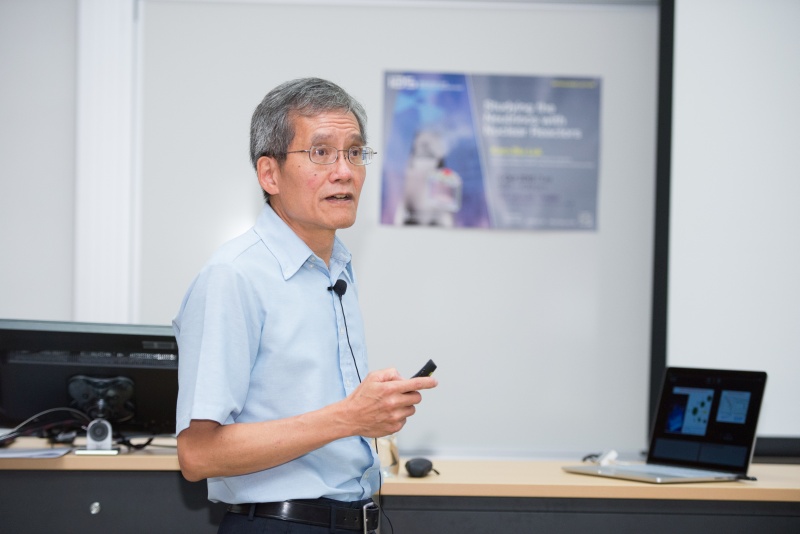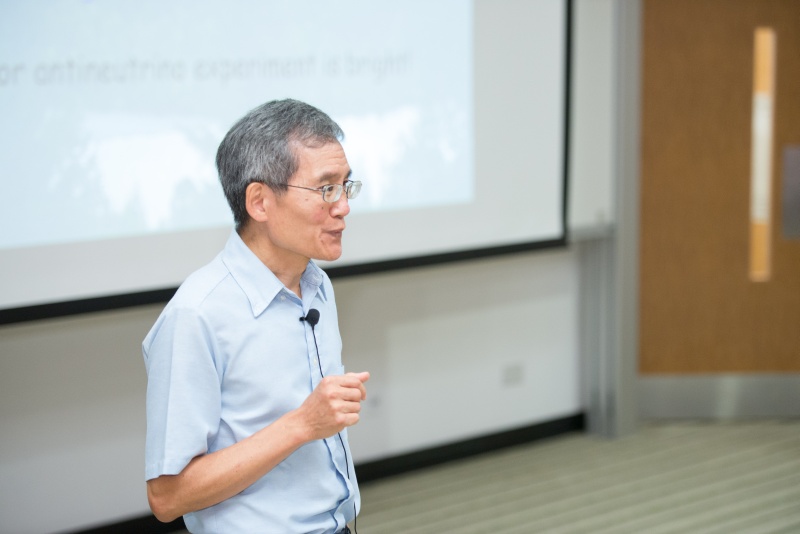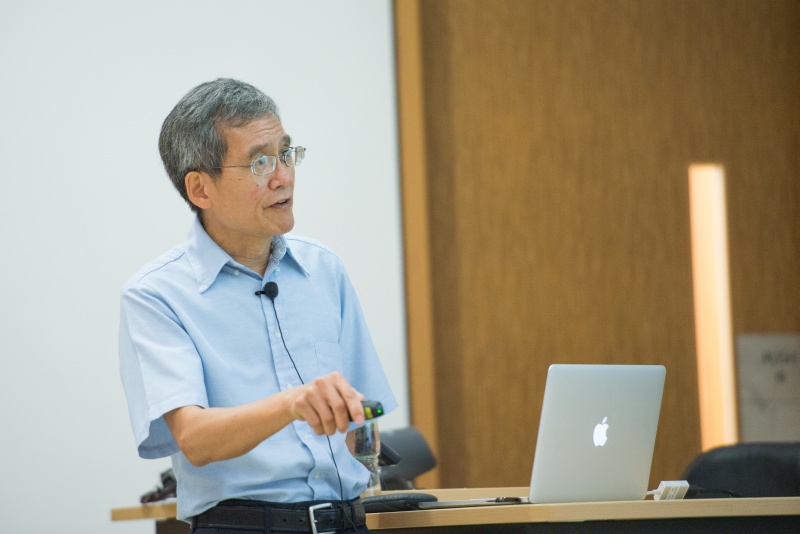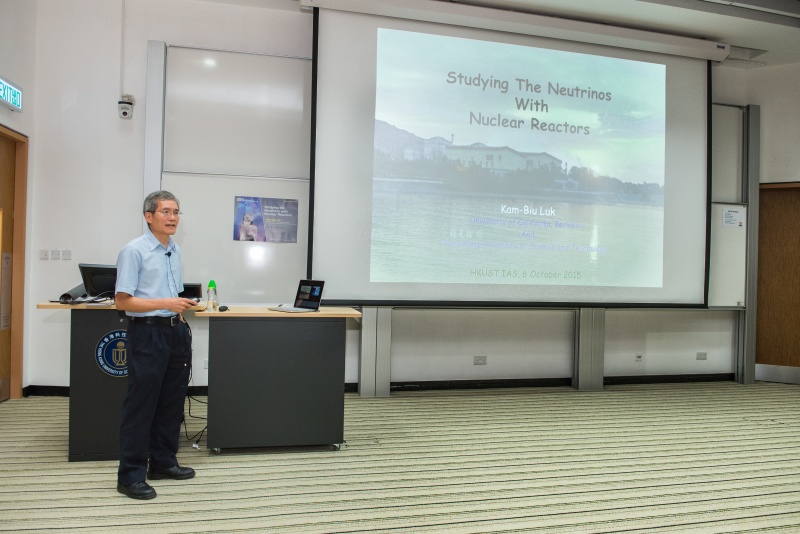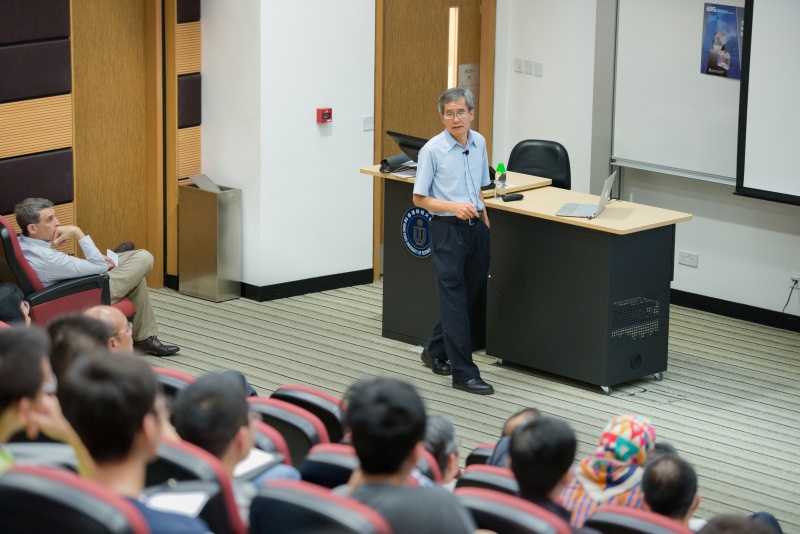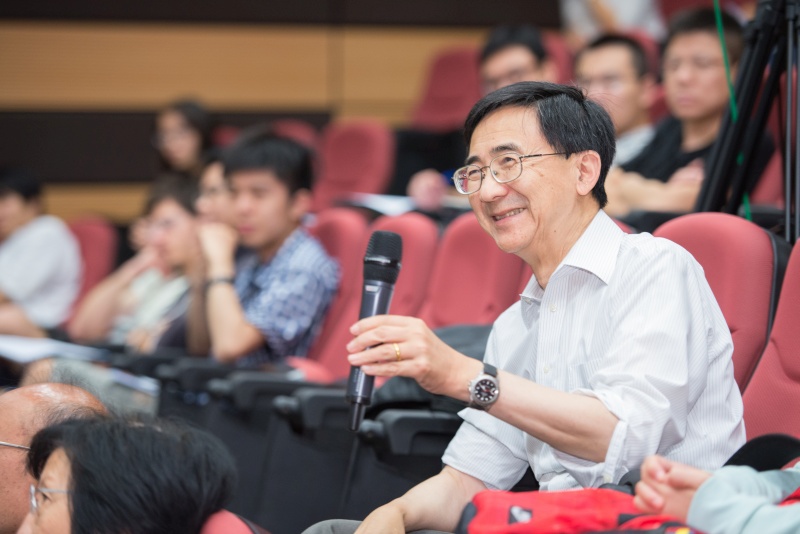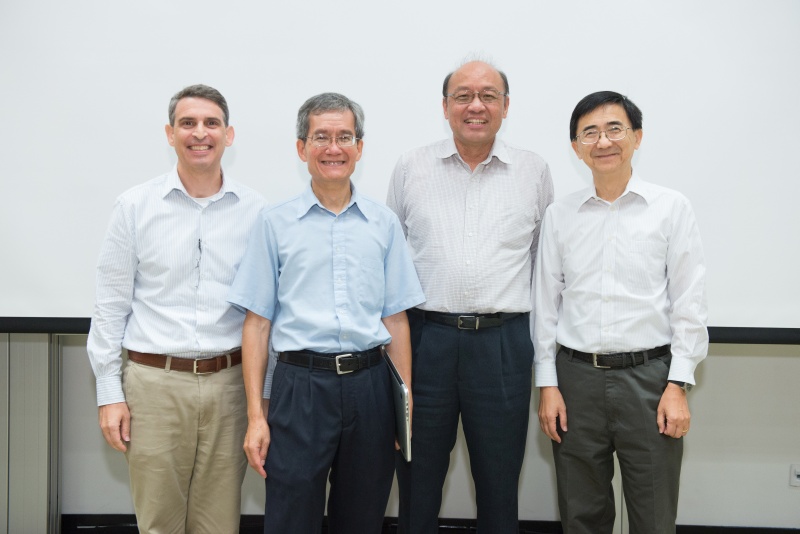Studying the Neutrinos with Nuclear Reactors
Abstract
Nuclear reactors have played an important role in shaping our understanding of the neutrinos. When a reactor is in operation, it can generate a huge number of electron antineutrinos at low energies. We can thus utilize this copious source of pure antineutrinos for studying the properties of this ghostly particle. In the lecture, the speaker will review how nuclear reactors were used in the discovery of the (anti)neutrino, in exploring neutrino oscillation, and in the search for the (anti)neutrino magnetic dipole moment.
About the speaker
Prof. Kam-Biu Luk received his BS in Physics from the University of Hong Kong in 1976 and PhD from Rutgers University in 1983. He has been a faculty member of the University of California at Berkeley since 1989 and is currently Professor of Physics. He is also a senior faculty member in the Physics Division of the Lawrence Berkeley National Laboratory, a Visiting Professor of Physics and IAS Senior Visiting Fellow of HKUST.
Prof. Luk has conducted research on neutrino oscillation and Charge-Parity violations. He is the leader of the Daya Bay Reactor Neutrino Experiment, assembling a team of multinational researchers from US, Mainland China, Taiwan and the Czech Republic. He and his collaborator, Prof Yifang Wang (Institute of High Energy Physics at Beijing), were awarded the 2014 W.K.H. Panofsky Prize in Experimental Particle Physics of the American Physical Society "for their leadership of the Daya Bay experiment, which produced the first definitive measurement of θ13 angle of the neutrino mixing matrix".
Prof. Luk is a Fellow of the American Physical Society and the Divisional Coordinator of High-energy Physics of the International Organization of Chinese Physicists and Astronomers.

